The CRN Test Center's 2015 Products Of The Year
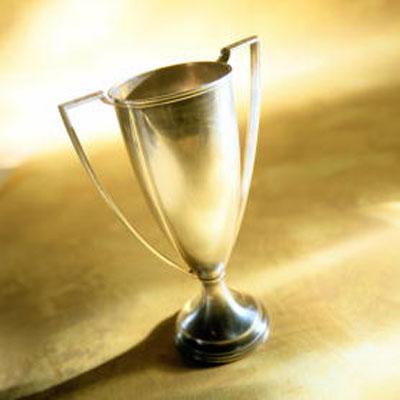
What Makes A Good Product Great
Each year the CRN Test Center sets out to answer that very question. After a good deal of testing and scrutinizing of each product’s design, features, performance, innovation and impact on solution providers, we make our list. The resulting honor roll reflects a wide range of not just hardware, software and services, but also the evolving trends in technology such as the growing importance of mobility, cloud and the Internet of Things.
Here are the winners of CRN’s 2015 Products of the Year.

INTERNET OF THINGS
WINNER: IFTTT DO
Service providers struggling with development languages and platforms might do well to look into mobile apps from IFTTT that simplify the automation of common mobile device tasks and can make a solution provider look like a programming genius. IFTTT, which stands for If This Then That, is a service that allows users to automate IoT devices and processes by creating recipes based on disparate Internet services to create one unified solution. We're impressed with how easy it is to get started creating solutions with IFTTT. But we are even more impressed with the serious solutions IFTTT is delivering for businesses. Over the past year, IFTTT has inked partnerships with cloud storage companies, IoT companies and managed service providers who are using IFTTT on the back end to automate tasks and services.
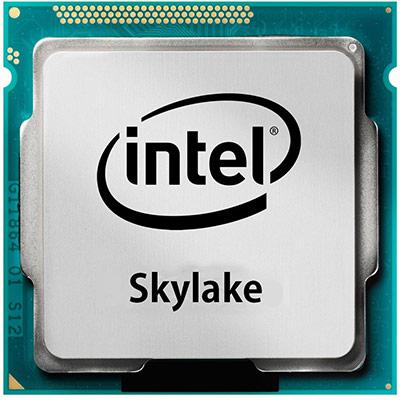
COMPONENTS
WINNER: INTEL 6TH GENERATION SKYLAKE PROCESSORS
Wireless charging, blazing-fast transfer speeds, DDR4 memory support and longer battery life are some of the capabilitiesthat Intel's sixth-generation Core chips delivered to laptops and desktops earlier this year. Intel's Skylake Core i7-6700K and Core i5-6600K SKUs doublePC performance, triple the battery life and deliver graphics that are 30 times better, according to Intel. Without a doubt, Skylake delivers on better performance. It's also important to keep in mind that Skylake is just as much about an entire new computing platform and shouldn't be judged solely on benchmark numbers. That said, CRN benchmarks for Intel's laptop powerhouse version of Skylake cores impressed us with everything from speeds to battery life.
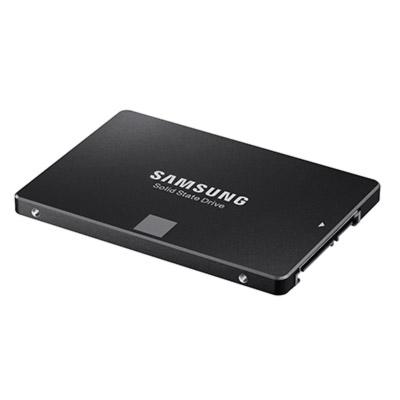
COMPONENTS
Honorable Mention: Samsung 850 EVO SSD
Samsung's 850 EVO series is the company's latest solid-state drives for professionals and consumers and deliver stellarperformance and endurance due to their three-bit vertical NAND stacked-cell technology. Starting at $100 and available in 120-, 250-, 500-GB and 1-TB capacities, the drives primarily target consumer upgrades, students and corporate deployment, and mark the first time Samsung has employed vNAND in a consumer-grade drive.
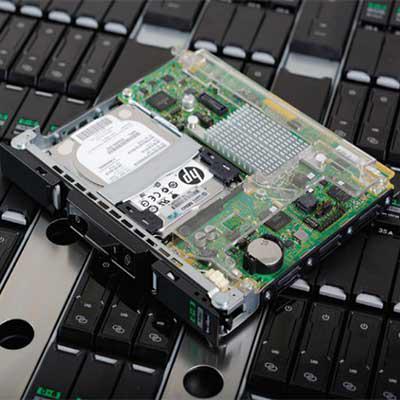
DATA CENTER
WINNER: HEWLETT PACKARD ENTERPRISE MOONSHOT
It wasn't too long ago that Hewlett-Packard, now Hewlett Packard Enterprise after the company's split, unveiled a bold new blade server-based ProLiant platform named Project Moonshot that consisted of low-powered Intel Atom processors. Today, the latest
rev of Moonshot has moved from R&D project to a significant part of some Hewlett Packard Enterprise channel partners' business. The Moonshot server is a platform that manages to cram 45 Intel server cartridges into a 4.3U chassis alongside two network switches. It's a high-density ecosystem that weaves together use-specific jobs, local chassis fabric and a converged infrastructure. The latest Moonshot switch, Model 45XGc, supports 45 1 Gigabit Ethernet and 180 1 Gigabit Ethernet internal connections, with up to two switch modules supported per chassis.
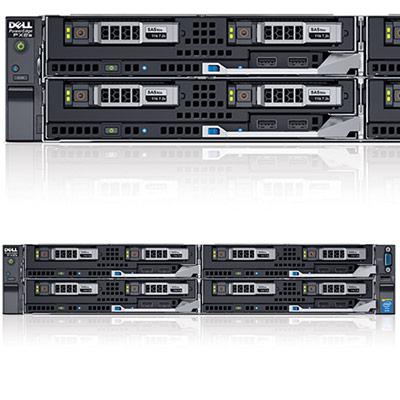
DATA CENTER
Honorable Mention: Dell FX2
On the front lines of Dell's server offensive is its PowerEdge FX2, which represents an entirely new modular blade server architecture—unique to Dell—delivering a converged infrastructure, density and efficiency all within a 2U rack form factor. With FX2, customers can adopt a building-block approach to their infrastructure. The chassis can be filled with a choice of sled modules each optimized for just about anything users want to throw at it: Web hosting, virtualization, directattached storage or running databases. Dell's latest FX2, Model FC830, features a four-socket full-width node for computeintensive workloads.

CLIENT SOFTWARE
WINNER: MICROSOFT WINDOWS 10
With Windows 10, Microsoft is trying to right the wrongs of Windows 8. And it has. Windows 10 bridges the gap between the traditional PC running Windows 7 and the world of touchbased tablets. Microsoft has transcended just one desktop platform -- be it tablet, PC or smartphone -- to become a universal operating system. Windows 10's marquee features are the return of the Start menu, a massively improved user interface and Microsoft's personal assistant, Cortana -- and the fact that it's free. The CRN Test Center has been using Windows 10 for months and considers it a huge improvement over Windows 8.1.
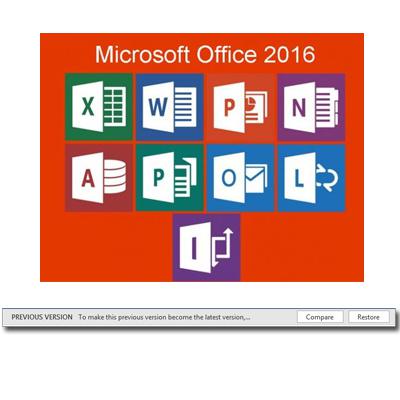
CLIENT SOFTWARE
Honorable Mention: Microsoft Office 2016
Microsoft's overhaul of its Office 2016 suite brings updates to Word, Excel, PowerPoint, Publisher, Outlook, OneNote, Skype for Business, Access, Project and Visio. Beyond features, with this release of Office Microsoft focuses on security, management and interface changes for using the Office suite on multiple devices. After testing Office 2016, we're impressed. Microsoft has gone easy on user interface changes and focused on adding tools for today's modern workforce.
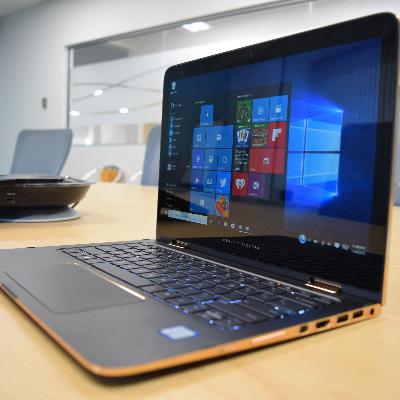
MOBILE
WINNER: HP INC. SPECTRE 360
HP Inc. gets hardware essentials right with the Spectre 360. With a price tag of $1,500, the laptop features an aluminum unibody chassis that weighs in at 3.17 pounds, is 0.63 of an inch thick, 12.8 inches wide and 8.6 inches deep. The Spectre 360 laptop also sports a 13.3-inch touch-screen display with a hinge that swivels 360 degrees, turning the laptop into a convertible that can be used as a tablet. Unlike hardware competitor Microsoft and its Surface Book, which has a detachable display, the Spectre display does not detach. But, the Spectre is 8.9 percent lighter and 30 percent thinner than the Microsoft Surface Book. It also is lighter than Apple's MacBook Pro, which weighs 3.48 pounds, and can only be used in laptop mode. The Spectre 360 is also thinner than Apple's laptop, which is 0.71 of an inch thick.
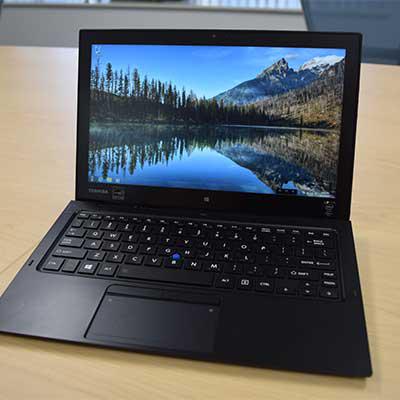
MOBILE
Honorable Mention: Toshiba Portege z20t
The Toshiba Portege is officially a 2-in-1 device, but the Z20t is in a class of its own, giving Ultrabooks and thin-and-light laptops a run for their money. Weighing in at 3.3 pounds as a notebook, the z20t has a width of 11.8 inches and a depth of 7.6 inches, and is 0.85 of an inch thick. In tablet mode, the z20t slims down to 1.60 pounds and is 0.35 of an inch thick. The z20t features 8 GB of RAM, a 256-GB solid state drive, Bluetooth 4.0 and Windows 7 Professional -- Windows 8.1 is optional -- and a 5-megapixel camera with auto-focus, digital zoom on the back and a 2-megapixel camera with microphone on the front. The Toshiba Portege z20t is priced starting at $1,491. It can run for 17 hours under normal use between charges. It achieves this milestone by embedding a battery in the PC's detachable keyboard.
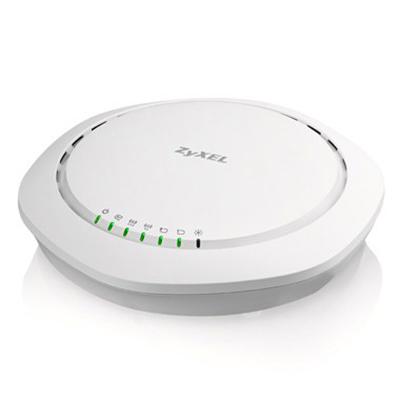
SMB NETWORKING
WINNER: ZYXEL 6500 SERIES
With the release of the 802.11ac specification earlier this year, ZyXel took the opportunity to update its access points with its 6500 Series of dual-band manageable Wi-Fi access points. The company said its 6500 Series access points max out at speeds close to 2 Gbps and overcome the range limitations of the 5GHz frequency. When the CRN Test Center put ZyXel's four-antenna WAC6502D-S ($700) through its paces, we were blown away by the blazing-fast speeds and were able to fling data between devices and through walls in no time at all.
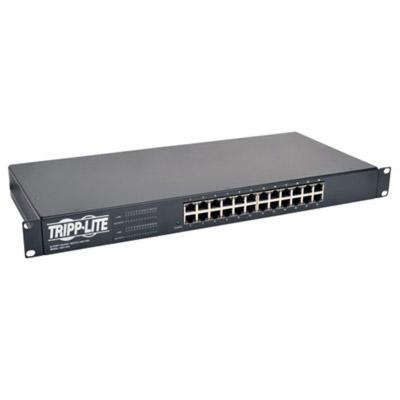
SMB NETWORKING
Honorable Mention: Tripp Lite PDU-Ethernet Combo
In many small businesses or in departments where space is at a premium, Ethernet ports, electrical outlets and rack space can run out faster than Keurig cups. That's the ideal scenario for the Tripp Lite PDU-Ethernet Switch 1U Combo, which combines as many as 12 AC outlets and 24 Gigabit Ethernet ports in a single 1U device for standard 19-inch racks. The CRN Test Center gave Tripp Lite's Model NSU-G24C2 (which costs $250, street) a thumbs-up in our review. Our test model sported a dozen 12-amp NEMA 5-15R AC outlets on the rear panel with 24 Gigabit Ethernet ports on the front, in addition to two mini-GBIC SFP ports for linking multiple switches via fiber optics.
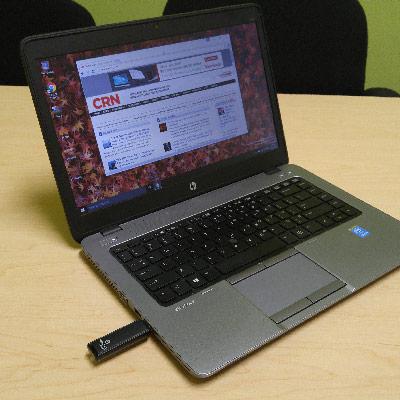
PERIPHERALS
WINNER: IMATION IRONKEY WORKSPACE W200 WINDOWS 2 GO DEVICE
Securing a mobile workforce that jumps from desktop to coffee shop, from Mac to notebook PC can put even the calmest enterprise administrator on edge. Mobility can get messy, from infected systems to key loggers to insecure browser settings that leak passwords and corporate secrets. One way to keep things safe and put compliance concerns to rest is to use Windows To Go devices that allow users to boot a fully functional copy of Windows straight from a USB drive. Starting at $100, Imation's IronKey WorkSpace W200 delivers a 32-GB USB drive that boots to a version of Windows 10 (separate OS license required), allowing IT administrators to lock down a USB-based mobile desktop that can be used on most Windows PCs and Macs.
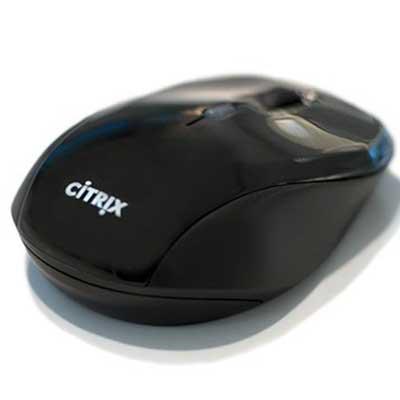
PERIPHERALS
Honorable Mention: Citrix X1 Mouse For iPad
For mobile warriors that find themselves buried in spreadsheets and fine-tuning Office documents, relying only on an iPad while on the road is not an option. With the Citrix X1 Mouse, users can use a mouse with their iPad for the first time. What makes the X1 Mouse unique is it's the first mouse that works with iPads and iPhones that doesn't require you to boot your iOS device to use it. It can be used only in a Citrix virtual environment, such as the Citrix Receiver, GoToMyPC, WorxDesktop or ShareConnect.
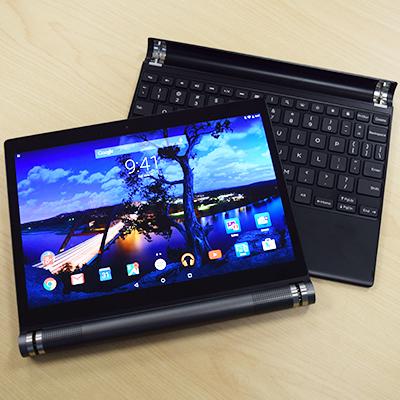
ANDROID DEVICE
WINNER: DELL VENUE 10 7000 SERIES
With its Venue 10 7000 series tablet, Dell makes its most compelling pitch yet to bring the Android operating system to the enterprise with this extremely well-designed tablet and 2-in- 1 laptop. The Dell Venue 10 7000 is the big brother to the Venue 8 with similar specs. But what sets the 10.5-inch Venue 10 7000 apart are its unique, barreledge design and an optional keyboard that can transform this good tablet into an excellent 2-in-1. The tablet has a starting price of $500; it is $130 for the optional keyboard.
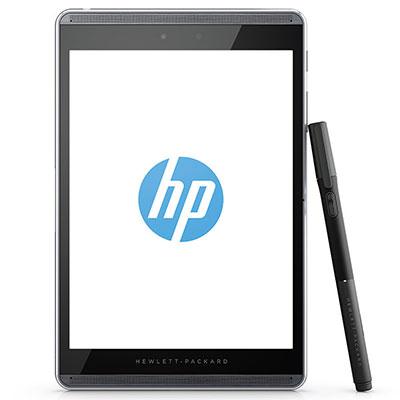
ANDROID DEVICE
Honorable Mention: HP Inc. Pro Slate 8
We like HP Inc.'s Pro Slate 8, an enterprise-targeted metalframed tablet with an 8-inch display. The HP Pro Slate 8 is powered by a .3GHz Qualcomm Snapdragon quad-core processor and runs on Android 4.4, in addition to having an impressive battery life of 13 hours. HP also added an ultrasound stylus, called the Duet Pen, and a docking port so users can utilize the tablet with a keyboard and mouse. The HP Pro Slate 8 is priced at $480.
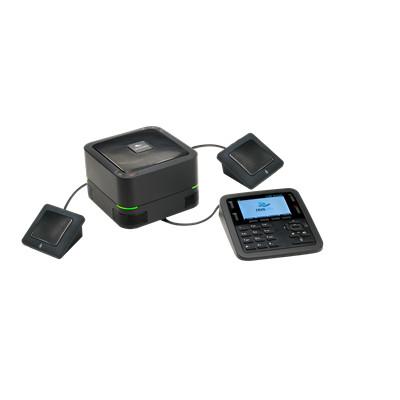
OFFICE EQUIPMENT
WINNER: REVOLABS FLX UC 1500
Revolabs' latest gear, the FLX UC 1500, is a wired and crisp-sounding conferencing system consisting of a speaker base, touch-screen keypad and two satellite microphones. It's USBfriendly and protocol-agnostic and aims to capture the growing market for small breakout rooms where teams collaborate using phones and video services straight from a phone, laptop, webcam or mobile phone. Revolabs is positioning the FLX UC 1500 as an affordable alternative to large conference systems that can cost $10,000. The UC 1500 costs $1,000. The conferencing system supports both USB audio for PC communication gear and SIP telephony for IP PBXes. One defining feature of the UC 1500 is its ability to bridge calls between SIP and IP PBX systems simply by plugging in USBbased devices (laptop or tablet) to join an existing conference call.
OFFICE EQUIPMENT
Honorable Mention: Dell WLD15 WiGig Wireless Docking Station
Wireless docking solutions make connecting with a keyboard, mouse and monitors drop-dead simple. Users can skip the clunky mechanical ’snap’ and ’click’ of mounting a PC to a piece of flat plastic. Wireless docks are easy to use and also keep users connected to a corporate LAN without having to fret about passwords or shifting from Ethernet to Wi-Fi. For those reasons, Dell introduced a cube-shaped Wireless Dock WLD15 based on the wireless standard WiGig. This $270 wireless dock supports two displays with either its VGA port, mini Display Port or HDMI port. It also has two USB 2.0 ports, three USB 3.0 ports, an audio jack and a Gigabit Ethernet port.
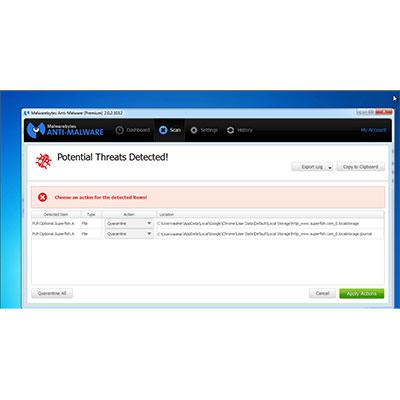
SECURITY
WINNER: MALWAREBYTES 2.0
For service providers handling the dreaded ’my computer is slow’ complaint, the standard suite of antivirus tools might not be enough. Malwarebytes Anti-Malware 2.0 Premium is a free-to-try tool for Windows that finds more problems than others we've tested and can generate service revenue for MSPs and IT consultants. It's easy to install and use, and for $25 includes real-time threat prevention and the ability to perform scans on a schedule. This tool can help keep client machines free from harm and minimize repeat service calls. Malwarebytes is designed to work alongside traditional antivirus tools, and finds issues that antivirus tools often leave behind.
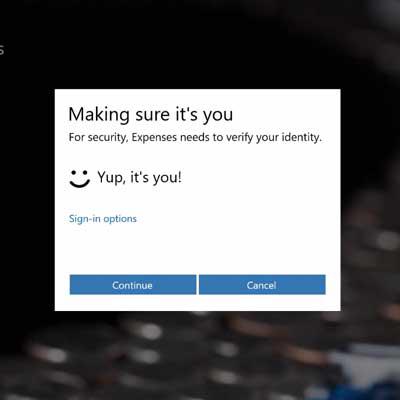
SECURITY
Honorable Mention: Microsoft Windows 10 Windows Hello Feature
Passwords are the bane of our digital lives. That's why Microsoft is trying to develop a "password killer" with its Windows Hello feature in Windows 10. Windows Hello is a biometric technology that uses a user's face, iris and fingerprint as password alternatives to unlocking and launching Windows. Windows 10 ships with the capability, but it relies on OEM partners to build in support for Windows Biometric Framework. Hardware requirements at launch will include Intel's RealSense F200 camera technology, which uses infrared lasers, multiple lenses and a special processing chip to analyze images for Windows Hello.
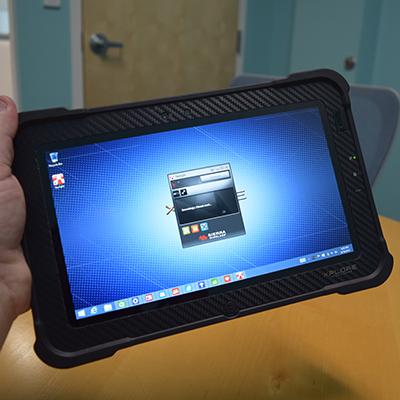
RUGGED
WINNER: XPLORE TECHNOLOGIES XSLATE B10 RUGGED TABLET
With its XSlate B10, rugged tablet maker Xplore Technologies brings to market an affordable, versatile 10.1-inch-display Windows tablet meant to withstand the harshest of environments, including exposure to extreme temperatures, dust, salt water, vibrations -- and those of us who are prone todrop things. Xplore, a rising star among rugged tablet makers, introduced the XSlate B10 just recently. CRN had a chance to take the tablet for a spin -- and drop it a few times as well. For a price of $2,800, the XSlate B10 impressed reviewer with its no-compromise specs and its expandability via eight standard ports.
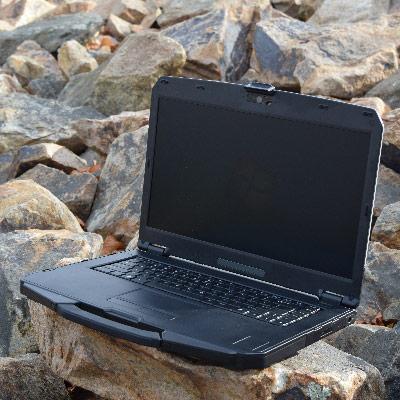
RUGGED
Honorable Mention: GammaTech Durabook S15AB
Rugged notebooks are following the overall trend taking over the laptop market: They are getting thinner and lighter -- and they're sporting bigger and better displays. GammaTech's latest offering delivers all of that. The Durabook S15AB weighs in at nearly a pound less than its predecessor (S15H), is a half-inch thinner and adds more than an hour of battery life. It has a starting price of $2,000, compared with last year's comparable Durabook S15H model, which sells for $1,400. That's still a great price for a dedicated vertical-market rugged notebook. Putting the S15AB through its paces, we dropped the laptop a few times from 2.5 feet with no malfunctions to the computer's operations and not a scuff to the case. We also sprayed it lightly with water and were impressed that the dust covers sealed the ports from moisture.
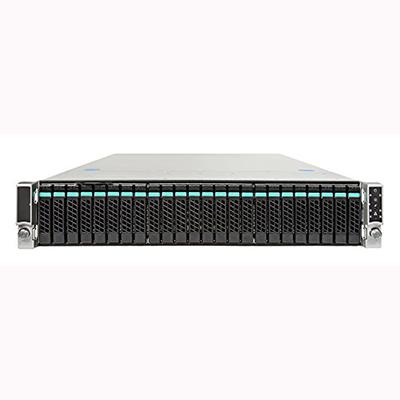
E NTERPRISE STORAGE
WINNER: ION SPEEDSERVER SR-71MACH5
ION Computer Systems is dedicated to building the fastest storage systems money can buy. And in large part it has succeeded. Its latest-generation of all-SSD RAID server, the SpeedServer SR-71mach5, routinely delivers data-transfer rates that approach the limits of a 10-Gbps network itself. The SR-71 is still built around a motherboard from Intel, but this time it's from the Wildcat Pass, a series of two-socket mainboards launched last year for Intel Xeon E5-2600 v3 processors. This allows the SR-71 to scale to as many as 18 cores per CPU, up from 12. It also boosts memory speed to 2,133MHz from 1,600MHz and doubles RAM channels to four and capacity to 768 GB in 24 DIMM slots.
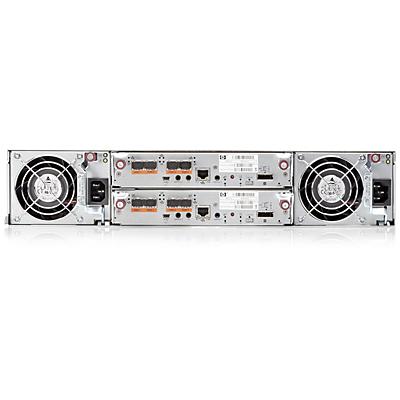
ENTERPRISE STORAGE
Honorable Mention: Hewlett-Packard Enterprise MSA 2040
Hewlett-Packard Enterprise has added thin provisioning, storage tiering and other performance features to the MSA 2040, the company's versatile 2U storage array for SMBs. Now in its fourth generation, this dual-controller stalwart also now supports automated sub-LUN tiering for performance and archiving. This allows integration with midline SAS drives for second- or third tier data, which the company said can cut cost-per-Gigabyte by as much as 90 percent. The MSA 2040 supports Windows Server 2012 and 2008, Hyper-V, VMware, HP/UX, and Red Hat and SuSE Linux. Also new is support for the latest 12-Gbps SAS interconnect. This includes 2.5-inch SSDs and 15K HDDs as well as 3.5-inch 15K HDDs. The company also added support for the latest 16-Gbps Fibre Channel spec and doubled the controller cache to 4 GB.
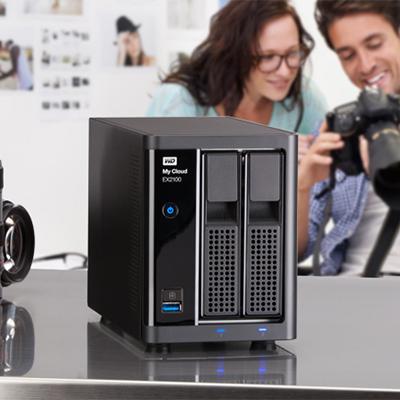
SMB STORAGE
WINNER: WD MYCLOUD SERIES STORAGE DEVICES
Western Digital in February added four new models to its lineup of network-attached storage devices. The new models are aimed at high-end consumers and small and midsize businesses. The My Cloud Expert Series and My Cloud Business Series each include two-bay and four-bay models accessible on LANs or through the cloud, and all provide sharing, streaming and automated backup capabilities with capacities up to a whopping 24 TB. Other WD My Cloud models include a Linux-based My Cloud Business series aimed at small businesses, and a My Cloud Expert series targeting photographers, videographers, graphic designers and other creative professionals. The secret sauce behind each one of these offerings is the WD MyCloud that helps SOHO and SMB customers manage data the way they want to at a sub-$1,000 price point.
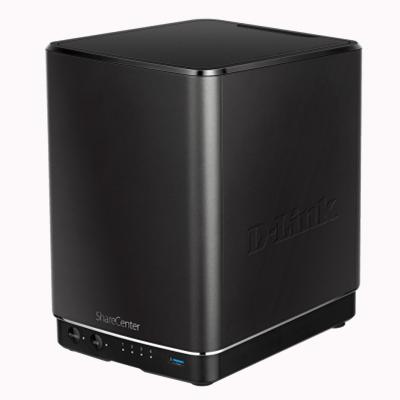
SMB STORAGE
Honorable Mention: D-Link ShareCenter+
One of the latest SMB products from D-Link is the DNS 340L ShareCenter+, a four-bay cloud-enabled network-attached storage device that's about as easy to set up as they come. It literally took more time to attach the strap handles to the test drives than to configure the NAS for access on a LAN and from the Internet. For $430 list unpopulated, the 340L delivers four, 3.5-inch railfree drive bays, two Gigabit Ethernet ports, two USB 2.0 ports and a USB 3.0 port on the front panel with an action button for quick offloads. The unit accepts DC power via AC adapter brick.

PRINTERS
WINNER: EPSON WORKFORCE PRO WF-R5690
The WorkForce Pro WF-R5690 multifunction printer offers heavy-duty, low-cost printing that utilizes Epson's Replaceable Ink Pack System that delivers up to 50,000 pages without changing the ink packs. Epson estimates businesses can go two years before having to replace ink. The WF-R5690 model CRN tested featured auto two-sided printing, copying, scanning, faxing and ports that included USB and Ethernet for shared printing. Epson is aiming the WF-R5690 at midsize businesses. The printer is available via authorized Epson resellers and Epson directly.
Printer action was snappy, prints were sharp and colors vivid thanks to Epson's DURABrite four-color water- and smudge-resistant inks.
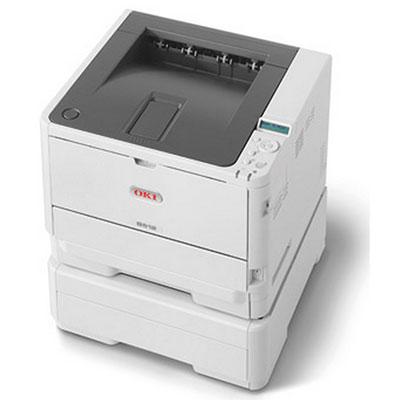
PRINTERS
Honorable Mention: OKI B512DN
The OKI B512DN is a little machine that delivers big results. From a footprint that's around 15 x 15 inches and just 11 inches high, the B512DN's LED engine delivers up to 47 monochrome pages per minute with laser quality. A duty cycle of 100,000 pages per month and a recommended output of 5,000 pages make the B512DN printer suitable for those solution providers serving small companies or for departments that need fast, high-volume printing at a price that's less than $500. According to OKI, the B512DN supports a time-to-first-print of less than 5 seconds, which would make it suitable for point-of-sale environments and other applications that call for quick output. The OKI B512DN's list price includes duplex and wired networking, and its small stature will fit well on the desktop or other small space.
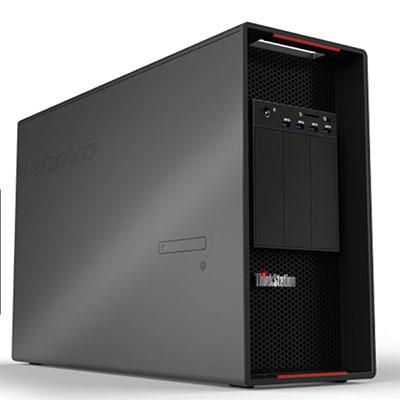
DESKTOP
WINNER: LENOVO THINKSTATION P900
Lenovo's ThinkStation P900 screams performance. The dual-Xeon system is massively scalable and serviceable completely without tools, giving Lenovo's solution provider partners a powerful option for customers running applications for video production, rendering and special effects; CAD/CAE; oil and gas exploration; genealogy and pharmaceutical research; and others requiring computing power of the highest order and short-as-possible downtimes. Even the motherboard can be replaced in minutes with nary a screwdriver in sight. A starting list price of approxitmately $1,800 includes Windows, an Nvidia graphics adapter and a three-year warranty.
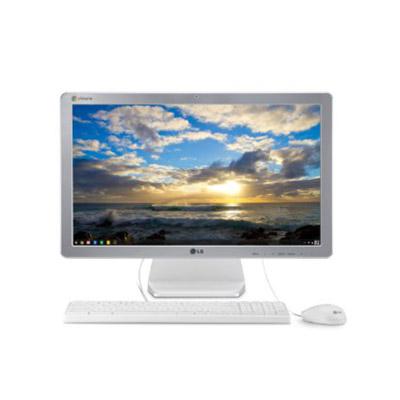
DESKTOP
Honorable Mention: LG Chromebase 22CV241
The all-in-one Chromebase 22CV241 is a ChromeOS computer that delivers a 22-inch 1,920 x 1,080 IPS panel that doubles as an auxiliary monitor, dual-core 1.4GHz Intel Celeron 2955U 64-bit processor, 2 GB of RAM and 16 GB of solid-state storage. The Chromebase also includes Wi-Fi, wired Gigabit Ethernet, Bluetooth, USB 2 and 3, a pair of 5-watt speakers, webcam and 100 GB of Google Drive space for around $300 on the street. The CRN Test Center admired the Chromebase, noting a handsome design that comes in either glossy white or flat black. Mounted on a tilt-only pedestal stand, its 21.5-inch display is bright and crisp, and provides more than enough screen real estate for most uses.
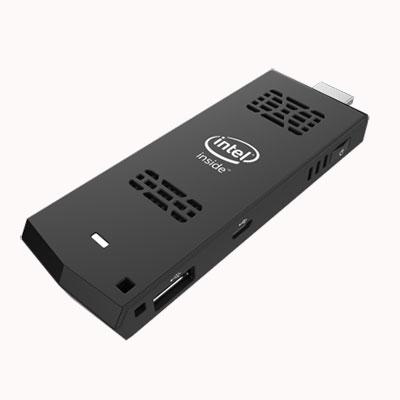
PC STICK
WINNER: INTEL COMPUTE STICK
With Intel's Compute Stick, less is more, as the adage goes. The tiny device is essentially an oversized USB drive that doubles as a tiny lowpowered Windows 8.1 PC. It can turn any HDTV or monitor into a bare-bones PC for a staggeringly low price of just less than $150. For consumers, the Intel Compute Stick is part novelty and part ultimate streaming media tool. But what makes the Intel Compute Stick a game-changer isn't its consumer appeal. Rather, the Intel Compute Stick's biggest potential is catching fire as a digital signage tool, powering a digital classroom, or being used as a point-of-sale device or information kiosk.